Related Research Articles

1743 (MDCCXLIII) was a common year starting on Tuesday of the Gregorian calendar and a common year starting on Saturday of the Julian calendar, the 1743rd year of the Common Era (CE) and Anno Domini (AD) designations, the 743rd year of the 2nd millennium, the 43rd year of the 18th century, and the 4th year of the 1740s decade. As of the start of 1743, the Gregorian calendar was 11 days ahead of the Julian calendar, which remained in localized use until 1923.
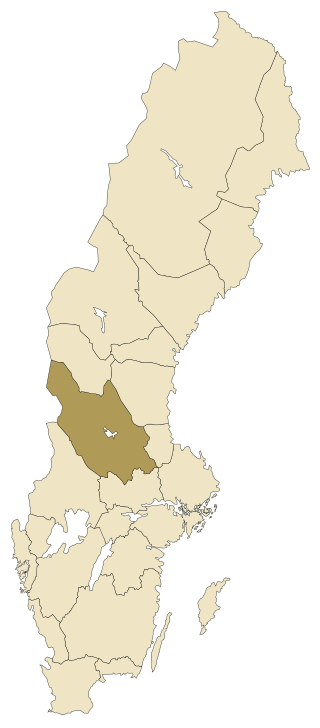
Dalarna, also referred to by the English exonyms Dalecarlia and the Dales, is a landskap in central Sweden.

Frederick V was King of Denmark and Norway and Duke of Schleswig-Holstein from 6 August 1746 until his death in 1766. A member of the House of Oldenburg, he was the son of Christian VI of Denmark and Sophie Magdalene of Brandenburg-Kulmbach.

Christina Nilsdotter Gyllenstierna of Fogelvik was a Swedish noblewoman. She was married to the Swedish regent Sten Sture the Younger, and led the Swedish resistance against Christian II of Denmark after the death of her spouse. In her own lifetime she was simply referred to as Fru Kristina, but she has become known in history as Kristina Gyllenstierna because of the house of nobility to which she belonged.

Engelbrekt Engelbrektsson was a Swedish nobleman, rebel leader and military leader of German ancestry. He was the leader of the Engelbrekt rebellion in 1434 against Eric of Pomerania, king of the Kalmar Union.

François Louis de Bourbon, le Grand Conti, was Prince de Conti, succeeding his brother, Louis Armand de Bourbon, in 1685. Until this date, he used the title of Prince of La Roche-sur-Yon. He was son of Armand de Bourbon, Prince of Conti and Anne Marie Martinozzi, daughter of Girolamo Martinozzi and niece of Cardinal Mazarin, through her mother. He was proclaimed as the King of Poland in 1697. He is the most famous member of the Conti family, a cadet branch of the Princes of Condé. As a member of the reigning House of Bourbon, he was a prince du sang.
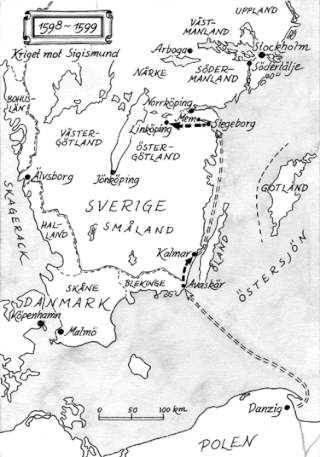
The war against Sigismund was a war between Duke Charles, later known as King Charles IX of Sweden, and Sigismund, who was at the time the king of both Sweden and the Polish–Lithuanian Commonwealth. Lasting from 1598 to 1599, it is also called the War of Deposition against Sigismund, since the focus of the conflict was the attempt to depose the latter from the throne of Sweden. The war eventually resulted in the deposition of Sigismund, the dissolution of the Polish–Swedish union, and the beginning of an eleven-year war.

The War in the Vendée was a counter-revolution from 1793 to 1796 in the Vendée region of France during the French Revolution. The Vendée is a coastal region, located immediately south of the river Loire in western France. Initially, the revolt was similar to the 14th-century Jacquerie peasant uprising, but the Vendée quickly became counter-revolutionary and Royalist. The revolt headed by the newly formed Catholic and Royal Army was comparable to the Chouannerie, which took place in the area north of the Loire.

The Battle of Uddevalla took place at Uddevalla on August 28, 1677 as part of the Scanian War.
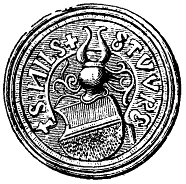
Nils Stensson Sture, born 1512, was the eldest son and heir of Sten Sture the Younger. The so-called Daljunkern, the young leader of an unsuccessful rebellion against Gustav Vasa, claimed to be Nils Sture, and it is a much-discussed question in Swedish historiography whether they really were the same person or if Daljunkern was an impostor.
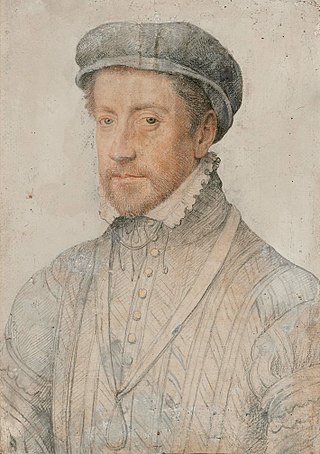
Louis de Bourbon, Duc de Montpensier was the second Duke of Montpensier, a French Prince of the Blood, military commander and governor. He began his military career during the Italian Wars, and in 1557 was captured after the disastrous battle of Saint-Quentin. His liberty restored he found himself courted by the new regime as it sought to steady itself and isolate its opponents in the wake of the Conspiracy of Amboise. At this time Montpensier supported liberalising religious reform, as typified by the Edict of Amboise he was present for the creation of.

Carl Henrik Wrangel, friherre Wrangel af Adinal was an officer of the Swedish Army, attaining the rank of Field Marshal.

The Dalecarlian rebellion of 1743, also known as the Fourth Dalecarlian rebellion and stora daldansen was a rebellion that broke out in the Swedish province of Dalarna in 1743. Its cause was the peasants' dissatisfaction with the "lords' government" of the Age of Liberty. This dissatisfaction was strongest in Dalarna, partly because the Hats had introduced restrictions in the Dalecarlians' free exchange of goods with neighboring Norway, but mainly because of the unlucky Russo-Swedish War (1741–43) to which the peasants had to provide soldiers. It was the last major uprising in Sweden to have started in rural areas.
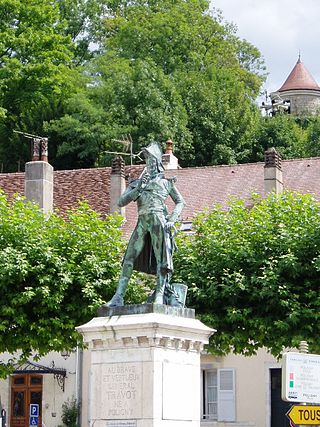
Jean Pierre Travot was a French general and nobleman, the son of Philibert Travot and Catherine Guodefin.

Charles de Bourbon, Prince de la Roche-sur-Yon,, was a Prince of the Blood and provincial governor under three French kings. He fought in the latter Italian wars during the reign of Henri II, commanding an army during the 1554 campaign into the Spanish Netherlands.

Céleste Bulkeley was a French aristocrat and soldier in the Catholic and Royal Army during the war in the Vendée. She was one of at least six women in the army of François de Charette known as the "amazons". She was particularly known in the 19th century, being included as a heroine in many school books of the time.

The Dalecarlian rebellions were a series of Swedish rebellions which took place in Dalarna in Sweden: the First Dalecarlian Rebellion in 1524-1525, the Second Dalecarlian Rebellion in 1527–1528, and the Third Dalecarlian Rebellion in 1531–1533. The rebellions were conducted by the peasantry of Dalarna against the Swedish monarch, King Gustav Vasa. Mutual reasons for all three rebellions were loss of support of Gustav I among the Dalecarlian peasantry because of the economic crisis, the increased royal power, and the unpopular Swedish Reformation.
Skinnar Per Andersson from Sollerön was a farmer from Dalarna, member of the Swedish Riksdag representing parts of Dalarna and one of the key leaders of the Dalecarlian Rebellion of 1743.
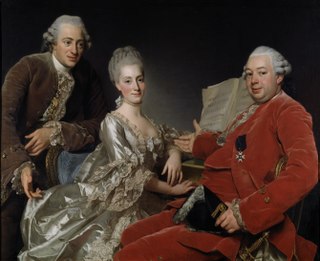
Events from the year 1769 in Sweden

Events from the year 1743 in Sweden
References
- Bj. Beckman: Jean Grossaint De la Roche-yon i Svenskt biografiskt lexikon (1945)
You can help expand this article with text translated from the corresponding article in Swedish. (August 2018)Click [show] for important translation instructions.
|